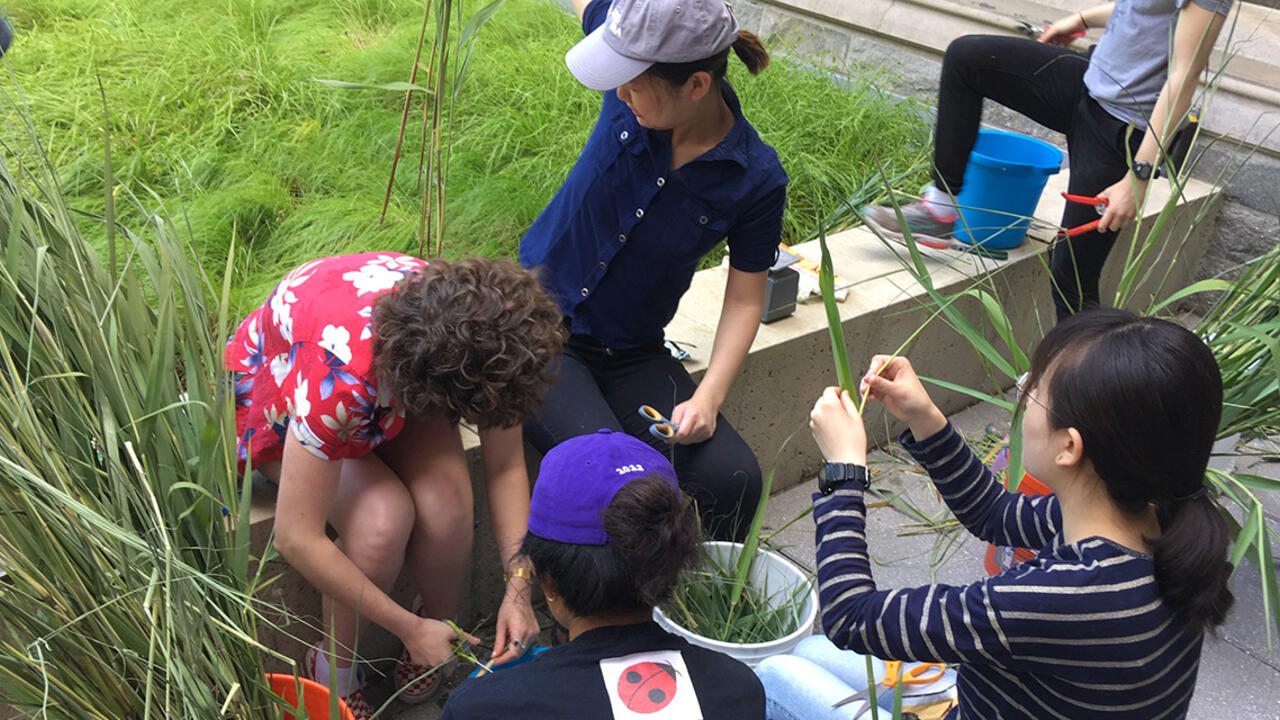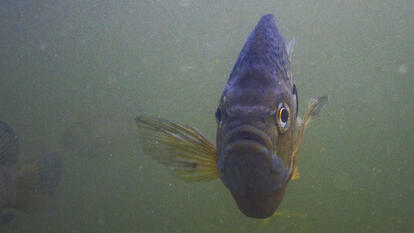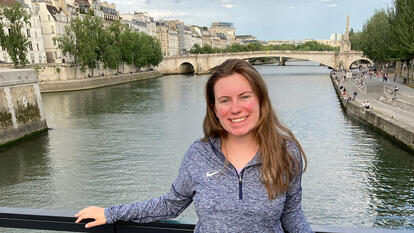Wellesley Students Learn to Make Paper the Hard Way—from Plants

Take a stroll around Wellesley’s campus—particularly the meadow near the Science Center—and you will find phragmites, tall reeds with a distinctive fluffy top that flourish in wetland areas. The plants are nonnative and highly invasive, and they choke off other varieties of plant life.
But recently, a group of summer interns from the Paulson Ecology of Place Initiative and students from Wellesley’s Book Arts Program found a use for these problematic plants: They turned them into paper.
“It was a satisfying, enriching experience,” said Anya Sheldon ’20, a studio art major with a minor in environmental studies. “Even though this plant is considered invasive, we learned that it can still have value.”
Kristine Meader ’21, an environmental studies major, said she had seen the plants around campus but never thought of using them to make paper. “This taught me to think differently about the environment and realize that things can have a purpose that may not be so obvious,” she said.
Katherine Ruffin, director of the Book Studies Program and lecturer in art at Wellesley, said the idea originated during a discussion with Suzanne Langridge, director of the Paulson Initiative. “This was a way to explore connections between the campus landscape and our curriculum through the process of making paper by hand from plants,” she said. John Olsen, Wellesley’s director of grounds, also collaborated on the project
Ruffin said making paper by hand originated in Asia in 100 AD. The process spread along trade routes into the Islamic world and then into southern Europe. “Paper-making techniques have changed over the years, but what has remained constant is extracting cellulose from natural materials, and the Phragmites on campus provided plenty of material,” she said.
The interns harvested the plants from several meadows on campus, then cut them into one-inch pieces that they cooked in an alkaline solution to remove the non-cellulose material and break down the cellulose fiber. Then they formed the resulting material into sheets of paper and left them to dry.
The students bound some of the colorful sheets into books that they plan to use as journals.



